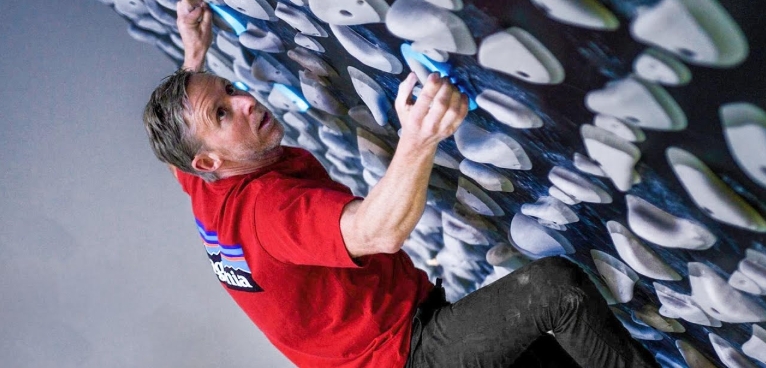Kilter climbing holds have become a game-changer in the indoor climbing scene, providing climbers with innovative shapes and designs that challenge their skills and enhance their training. Whether you’re a beginner looking to build confidence or an experienced climber aiming to refine your technique, understanding kilter holds can elevate your climbing game. This blog post explores the unique features, benefits, and design aspects of kilter climbing holds.
Kilter Climbing Holds: What Sets Them Apart?
Kilter climbing holds are known for their unique and vibrant designs, often featuring a variety of shapes and textures that engage climbers physically and mentally. Unlike traditional holds, which can sometimes feel repetitive, kilter holds offer a refreshing diversity that encourages creative problem-solving on the wall. Many climbers appreciate the tactile feedback these holds provide, enhancing the overall experience of outdoor climbing indoors. The bright colors and customizable nature of kilter holds also add a visually appealing aspect to climbing gyms, making the environment more inviting and stimulating.
Enhancing Climbing Skills with Kilter Holds
One of the main attractions of kilter holds is their role in skill development. These holds encourage climbers to experiment with body positioning, footwork, and hand placements, which are all essential for mastering climbing techniques. Because they come in various configurations, kilter holds allow for the creation of unique and challenging routes that can be tailored to different skill levels. This flexibility supports climbers as they progress, enabling them to focus on specific techniques and areas for improvement. Typically, climbing gyms utilize kilter holds to design routes that promote varied movement, making them effective tools for training across a wide range of climbing styles.
The Future of Kilter Holds
As the climbing industry evolves, so does the technology behind kilter holds. These holds are often incorporated into advanced climbing walls that feature adjustable angles and smart technology, enabling climbers to tailor their experience even further. Innovations like automatic route setting and data tracking are becoming more common, offering climbers personalized feedback on their progress. This rise in tech-savvy climbing environments aligns perfectly with the growing interest in climbing as both a sport and a recreational activity, ensuring that kilter holds will remain a relevant and influential element in climbing gyms for years to come.
In conclusion, kilter climbing holds are more than just grips; they represent a holistic approach to enhancing the climbing experience, combining creativity, skill development, and modern technology. Whether you’re new to climbing or a seasoned pro, consider exploring kilter holds to add variety and challenge to your training. If you’re interested in climbing or want to learn more about how to incorporate kilter holds into your workout, visit your local climbing gym or join an online climbing community. Happy climbing!
